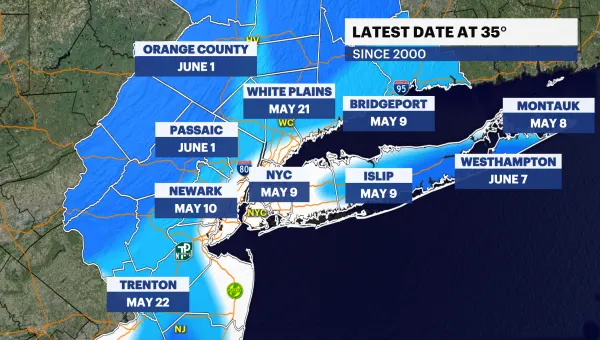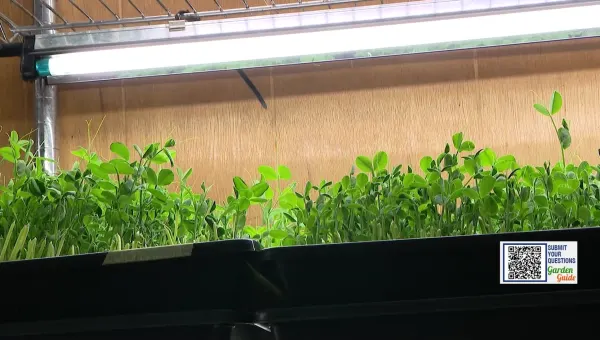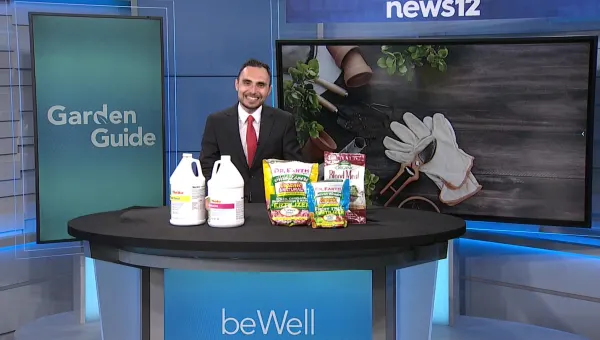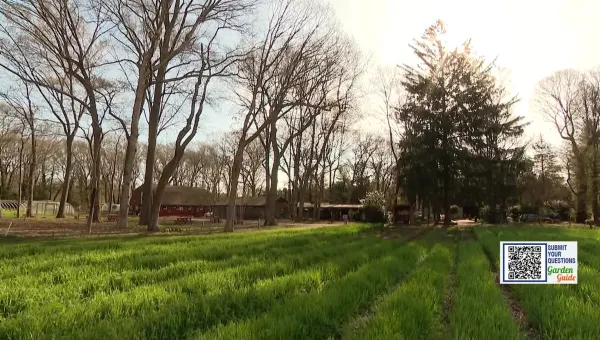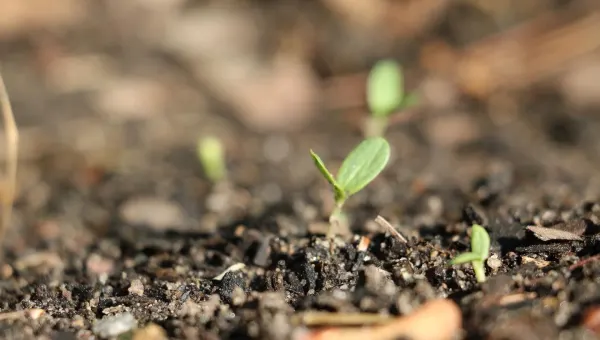Westport gardening experts share tips on what to plant during fluctuant spring weather
Gilbertie says plants that look like they might not hold up to cooling temperatures should be covered with a fabric sheet, not a plastic one as it can damage the tissue of the plant.
Share:
More Stories
1:44

Temps below average for the weekend with possible showers
3h ago0:24

Recycling truck goes up in flames, shuts down part of Long Island Expressway
4h ago0:38

Sam Ash Music announces closure of all store locations
4h ago2:15
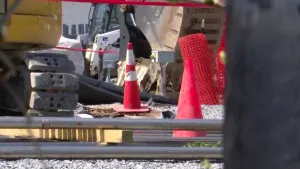
Meeting held over next steps for cleanup at Bethpage Community Park
4h ago2:08

Prosecutors: Queens man stole used cooking oil from 8 Long Island restaurants
4h ago1:32

Suffolk Police Department holds ceremony to honor 29 officers killed in the line of duty
4h ago1:44

Temps below average for the weekend with possible showers
3h ago0:24

Recycling truck goes up in flames, shuts down part of Long Island Expressway
4h ago0:38

Sam Ash Music announces closure of all store locations
4h ago2:15

Meeting held over next steps for cleanup at Bethpage Community Park
4h ago2:08

Prosecutors: Queens man stole used cooking oil from 8 Long Island restaurants
4h ago1:32

Suffolk Police Department holds ceremony to honor 29 officers killed in the line of duty
4h agoA Westport gardening expert shared tips on what to plant as temperatures drop in Connecticut’s spring forecast.
Carrie Gilbertie, the manager of Gilbertie’s Herbs and Garden Center, says people have to take extra precautions with what they plant.
She says that certain plants thrive in cold temperatures.
"Thirty-seven degrees is when frost can set in, the ground is still colder than the air," Gilbertie said, "Right now, what should be in the ground are your lettuces, your kale, your spinaches, your parsley, your rosemary."
Gilbertie says a little frost is good for plants and herbs.
"It actually gets the sugars going in these particular crops making them taste even better," said Gilbertie.
However, excessive frosting can also hurt plants, she says.
"What happens is water vapors from a cold night can actually settle on the foliage and freeze, giving these little frozen water vapors. Which if the plant is not hearty enough, it will injure the plant."
Gilbertie says tomatoes and other plants alike are the ones to hold off on until the temperatures are right.
"The ground is just not warm enough, so your plant is just sitting there," Gilbertie said. "Tomatoes, peppers, zucchinis and squash, eggplants, and things are very tender."
Flowers, such as perennial flowers that are already blooming, will be just fine.
"Impactions, petunias, things like that; the more tender they are the easier it will be to damage them in cold weather," said Gilbertie.
Gilbertie says gardeners should be patient as steady warmer days are on the way.
She says May 15 is their frost-free date and a safer bet to go all in after then.
Gilbertie says plants that look like they might not hold up to cooling temperatures should be covered with a fabric sheet, not a plastic one as it can damage the tissue of the plant.
